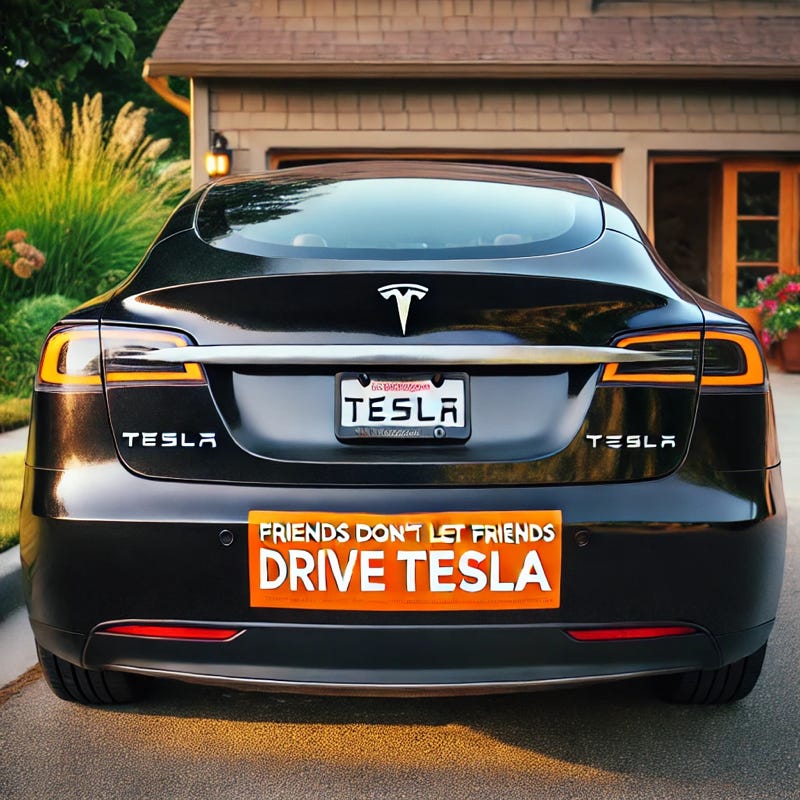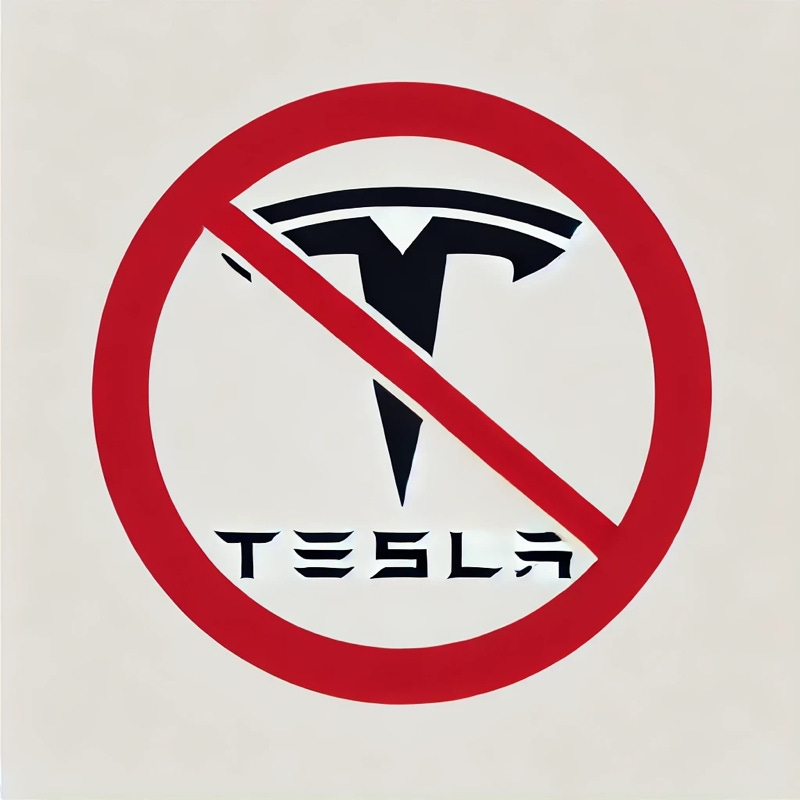Fighting Back
Themes, tactics, and candidates to win back everyday voters
Modern presidential elections revolve around seven issues: economic security, immigration, healthcare, national and local security, energy, civil rights, and education. The previous post proposed common sense, majoritarian positions, and slogans to make Democrat views on these issues clear and memorable.
This post discusses the themes, tactics, and candidates that can help Democrats reconnect with middle-class voters. However, these are extraordinary times, and these recommendations may prove too cautious.
Trump is as dangerous as promised. He has told us for years that he admires authoritarian nationalists. He expresses contempt for our democratic allies, including Canada. He supports putting a million Uyghur Muslims into concentration camps, endorses the Philippine policy of murdering drug users, calls peaceful Hong Kong protestors “rioters,” and valorizes his January 6 thugs as “warriors.” In Ukraine, he is appeasing our sworn enemy and selling out allies.
It’s shocking. Trump violates our views of our country so deeply that we tend not to accept it at face value. His overreach is surfacing opportunities for Democrats to mobilize voters, but waiting for this to happen risks normalizing his conduct. Times are dark and likely to get darker.
Themes
Themes help candidates and voters integrate issues into narratives. They shape how we communicate more than what we say. There are many ways to construct themes. Here, I emphasize traditional values, men's concerns, speed and competence, and fiscal prudence because most Democrats neglect them.
1. Patriotism, family, and respect for work.
To persuade someone, begin by affirming your shared values. Research from 2023 shows that progressives are much more persuasive when we ground policies in core American values.
“...progressive candidates achieve greater support by framing their policy platforms in terms of values that resonate beyond their progressive base. [W]e found that a presidential candidate who framed his progressive economic platform using values consistent with the “binding” moral foundations—e.g. patriotism, family, and respect for tradition—as opposed to values consistent with the “individualizing” foundations, e.g. equality and social justice, received significantly stronger support.’
Until recently, this was conventional wisdom for politicians from both parties. Democrats must reclaim the values of patriotism, family, and respect for work and represent them authentically.
We need to respect work, not simply the need for unions, sectoral bargaining, and higher pay. A party dominated by college-educated professionals too easily forgets the language and concerns of those who catch the 5 AM bus to work. Honoring labor is not simply respecting what we briefly called “essential workers” and their organizations. It is a political orientation that prioritizes the needs of producers over consumers, owners, or lenders.
2. Speak to MAGA men.
Democrats need to advocate for men without diminishing women. We need to discuss how our seven slogans improve men's lives. What do men want? First and foremost, men want wages and security that will allow us to support families. Men need pride and jobs that pay a decent living. When large numbers of men lose pride or pay, all hell breaks loose.
Dems need to notice that for many working people, pride does not come from dissing rich people. Many men hope to be rich themselves and respect those who “made it.” Beating up billionaires does not always communicate respect or engender pride.
Democrats who cannot talk to MAGA men can’t win national elections. Trump is more willing to venture into Harlem than most Democrats are to speak on conservative podcasts. He showed up at the Super Bowl, knowing he would face some booing. When Kamala Harris refused to speak with Joe Rogan, she lost the respect of thousands of men. Gretchen Whitmer would be far less likely to make that mistake.
3. Speed and results.
If Democrats want a more activist state, we must be the party of results, efficiency, and speed. Elon Musk’s disregard for the law is contemptible, and his belief that he can save real money by firing people wholesale is destructive and innumerate. Nonetheless, many Americans cheer his efforts to tame a federal bureaucracy they see as unresponsive. Democrats must learn to be far better than Musk at streamlining agencies, improving systems, sunsetting dumb programs, and eliminating thousands of underperforming or unnecessary staff — whether or not it saves a lot of money.
In 2023, a tanker truck fire destroyed a critical section of I-95 in northeast Philadelphia. The freeway is an artery that serves more than 160,000 vehicles daily. Governor Josh Shapiro mobilized contractors for demolition and reconstruction. His team quickly built plans for a temporary roadway to restore traffic. They discovered a local recycled foam glass aggregate that facilitated faster bedway construction. Crews, including members of the Philadelphia Building Trades, worked around the clock. Despite initial expectations of a prolonged closure, I-95 reopened just 12 days after the collapse. Shapiro demonstrated that Democrats can focus on results, not process, and get important work done quickly and well.
Notice what Shapiro did not do. He did not rely on nonprofit groups — the curse of state and local governments. He did not allow environmental rules or arcane procedures to interfere with important work. He did not make excuses. His example of speed and results helped him attract additional leadership talent to the state, creating demonstration effects and resetting public sector norms. The contrast with California’s ongoing high-speed rail disaster could not be stronger.
Jen Pahlka has done more than anyone to document public sector “kludgeocracy” and develop solutions to make public organizations more effective. She is our most prominent “speed and results” Democrat. Her substack Eating Policy is essential reading. We need to take her ideas to heart.
4. Borrow taxpayer money wisely.
In 2002, Vice President Dick Cheney wanted to finance his war on Iraq and cut taxes. So, he borrowed money, claiming that “deficits do not matter.” This is a bit like arguing that math does not matter. You may ignore reality, but reality will not ignore you for long.
Federal borrowing costs are boring — and essential to understand. This frightening chart shows why. Paying 3% of GDP every year to service federal borrowing costs makes it harder to fund critical public investment and, in some circumstances, may crowd out private investment that drives growth.
Democrats are not accustomed to paying attention to the national debt. Today, rates are slightly above 4%, but until recently, money was free. Interest rates were near zero from 2009-2015 and 2020-2021. Also, not all government borrowing is the same. Borrowing to build 30-year highways differs from borrowing to fund military operations or social services payments. Government accounting does a poor job of distinguishing the two.
Finally, debt is always political. Conservatives ignore debt when they have a war to prosecute, then use the rising cost of debt to justify cuts in social programs they dislike. Democrats are willing to ignore debt for a good cause—and we embrace many good causes. Both parties agree that we should borrow money in bad times and pay it back when times are good. However, everyone since Clinton has ignored part two of the deal.
We are gravely mistaken to ignore federal debt, especially when the economy is good. Noah Smith has written sensibly about the topic. Democrats do not have the luxury of pretending, Cheney-like (or Trump-like), that debt doesn’t matter. We need to be a voice of fiscal responsibility.
Tactics
Tactics help Democrats make our messages heard above the noise. We need to be tougher and more creative.
Play hardball on the debt ceiling. Democrats should negotiate in earnest over the debt ceiling – and take hostages. Specifically, Democrats in Congress should not agree to extend any of Trump’s tax cuts. Tax cuts are not popular, and even Republicans admit that there is no economic case for them. We should set limits on DOGE. When default looms, Trump will not fold for Democrats — but he will fold for the bond market.
Make Tesla toxic. Elon Musk is a meme lord with a critical vulnerability. One-third of his wealth is in Tesla stock, and many of customers despise him.1 Car buyers in England, France, and Germany have cratered Tesla sales due to Musk’s support for far-right political parties. Tesla stock is down 16% since Trump was inaugurated less than a month ago. Country singer Sheryl Crow’s decision to dump her Tesla to protest Musk received global media coverage.
Last weekend, protesters showed up outside 37 Tesla dealers. A direct-action group calling itself Students Against Nazi Extremism (SANE) has warned Tesla owners in southern California with notices, declaring (with college student logic, grammar, and sentiment), "No Nazis in America. Tesla owners buy (buy what?) or sell by Feb 12 (Lincoln B-day) after that it is open season." Tesla showrooms in The Hague, Fort Lauderdale, and Loveland, Colorado, have been vandalized with anti-Nazi/anti-Elon slogans.
Tesla’s brand value dropped 26% YoY, due primarily to Musk entering the political arena. His behavior in Europe, where he endorsed Germany’s far-right neo-Nazi party, stoked a race riot in the UK, and stands accused of manipulating algorithms on X to influence public discourse in France, has hurt Tesla sales. In China, Tesla’s second-largest market, sales are down 11% YoY, while last month BYD sold 4x the number of EVs Tesla did.
We should make driving a Tesla the social equivalent of carrying an assault rifle - especially in California. (Tesla owner apology stickers are already hot sellers on Etsy.) Urge owners to buy and display “My Last Tesla” stickers. Leave reminder notes on parked Muskmobiles. Owners (and prospective owners) will get the message, and many will sell sooner than they would otherwise. Tesla's new car sales and used car prices will continue to drop, and so will its stock price. Tesla trades at almost a trillion dollars higher than regular car companies.2 At some point, investors will force Musk to choose between running Tesla and serving as Trump’s alter ego.
Sue. Then sue again. According to Just Security, an organization at NYU that tracks lawsuits against Trump, eight lawsuits were filed against Trump on the day he took office. As of his 26th day in office, states, NGOs, and individuals have filed 74 lawsuits against him. Complaints include Trump’s executive orders on ending birthright citizenship, establishing DOGE, ending science funding, reclassifying employees, civil rights discrimination, and the validity of his national emergency declaration enabling him to divert funds to border wall construction.
Keep it up. As happened when the courts reviewed his bogus claims about the 2020 election fraud, Trump is going to lose. So big. So much losing. He may (and I have argued likely will) provoke a constitutional crisis by ignoring or only selectively complying with court rulings. Another fight, another suit, another crisis.
Keep score. Organizations and pundits that carefully document every move DOGE makes do an enormous service, as do those that document Trump’s wholesale corruption (including the $100 million he has already earned from transaction fees on his $Trump meme coin. We are unlikely to ever discover how much the Russian or Chinese governments invested.) Track the impact of every executive order and dumb Mar-a-Gaza foreign policy idea. Track Musk’s political spending.
Focus on winning the House in 2026. Dems have a decent shot at recovering control of the House in 2026. History, the electoral map, current polling, and changes in Dem’s voting base point in that direction. We can mess it up, but every position Democrats take should consider the question: will this help us win the seventeen most winnable Republican seats in 2026?3
Mobilize selectively. Democrats should not and cannot swing at every Trump pitch. As Trump sows uncertainty, chaos, and corruption, Democrats need to offer security, abundance, and competence. We must selectively mobilize around significant, popular issues like protecting the courts and fighting politicized prosecutions.
Elon feeds USAID to the woodchipper? This is disgusting and tragic. It was also a soft target and Trump hopes we will criticize him for it. Foreign aid is never popular, and Americans are enraged by elite institutions for good reasons. Democrats may want to defend specific USAID programs like PEPFAR, but we cannot defend every attack like this if we want to represent working Americans.
Beware of the Groups. Many nonprofit climate, immigration, and criminal justice groups pressure Democrats to conform to their orthodoxy. Few are accountable to a membership, and most do little to persuade voters to switch sides. They mainly attack Democrats for doing things that can persuade voters. Most detest bipartisan legislation. We would do well to have far fewer of them.
Candidates
Democrats need to create events to showcase promising new leaders. Arizona’s new Senator, Ruben Gallego, articulates common-sense views of the seven slogans. His message: Trump is not fixing problems that Americans care about — and he is causing new ones.
Party leaders should create public forums to showcase him alongside next-generation Democratic leaders.4 We need to hear from moderate governors, such as Josh Shapiro (Pennsylvania), Gretchen Whitmer (Michigan), Jared Polis (Colorado), Andy Brashear (Kentucky), and Wes Moore (Maryland).
Democrats should create venues to showcase Senators from swing and less blue states, such as Cory Booker (New Jersey), Gallego and Mark Kelly (Arizona), John Fetterman (Pennsylvania), and Raphael Warnock (Georgia). Add Pete Buttigieg, Gina Raimondo, and Mark Cuban.
Democrats have depth—let’s see who breaks out. Also, keep an eye on Gallego. He speaks to men, which is a big deal.
Musical Coda
Correction: When I posted this, I wrote that Tesla stock represented 75% of Musk’s net worth. I was citing 2020 data, which is no longer accurate. Since then, Musk has sold Tesla shares and seen the value of his SpaceX holdings become vastly more valuable. Today, Musk is worth about $393 billion. He owns 13% of Tesla, which trades at just over a trillion dollars — so Tesla is roughly a third of his net worth. I believe that the value of his unvested options is not counted in this calculation.
Tesla’s stock price is about $350 per share. Its trailing earnings per share is about $2, giving it a price-to-earnings ratio of about 175. The average P/E ratio for most car makers is about 30. Tesla is a more attractive company than conventional car companies, but it will be much less attractive if it falls under sustained assault from its customers.
If Tesla traded at the industry average because investors reset their expectations of future growth, its shares would cost $60, not $350. With 3.2 billion shares outstanding, the company would be worth $200 billion, not $1.15 trillion. Elon’s 13% share would go from 150 billion to 26 billion. Obviously, customer dissatisfaction will not eliminate 80 percent of Tesla’s market cap. But Tesla’s exuberant stock price reflects investor expectations that Democrats should urge them to reevaluate.
Cook and similar pollsters rate the most winnable GOP seasts as AZ-01 Schweikert, AZ-06 Ciscomani, CO-08 Evans, IA-01 Miller-Meeks, MI-07 Barrett, NE-02 Bacon, PA-07 Mackenzie, PA-10 Perry, CA-22 Valadao, CA-41 Calvert, IA-03 Nunn, MI-10 James, NJ-07 Kean Jr., NY-17 Lawler, PA-08 Bresnahan, VA-02 Kiggans, and WI-03 Van Orden.
Newly-elected Democratic Party leaders favor the liberal wing: AOC, Gavin Newsom, Kamala Harris, Elizabeth Warren, or Ro Khanna. Some of these leaders are talented and have devoted followings. I do not believe they can win back the noncollege voters we lost, but I would be delighted if any of them proved me wrong.









